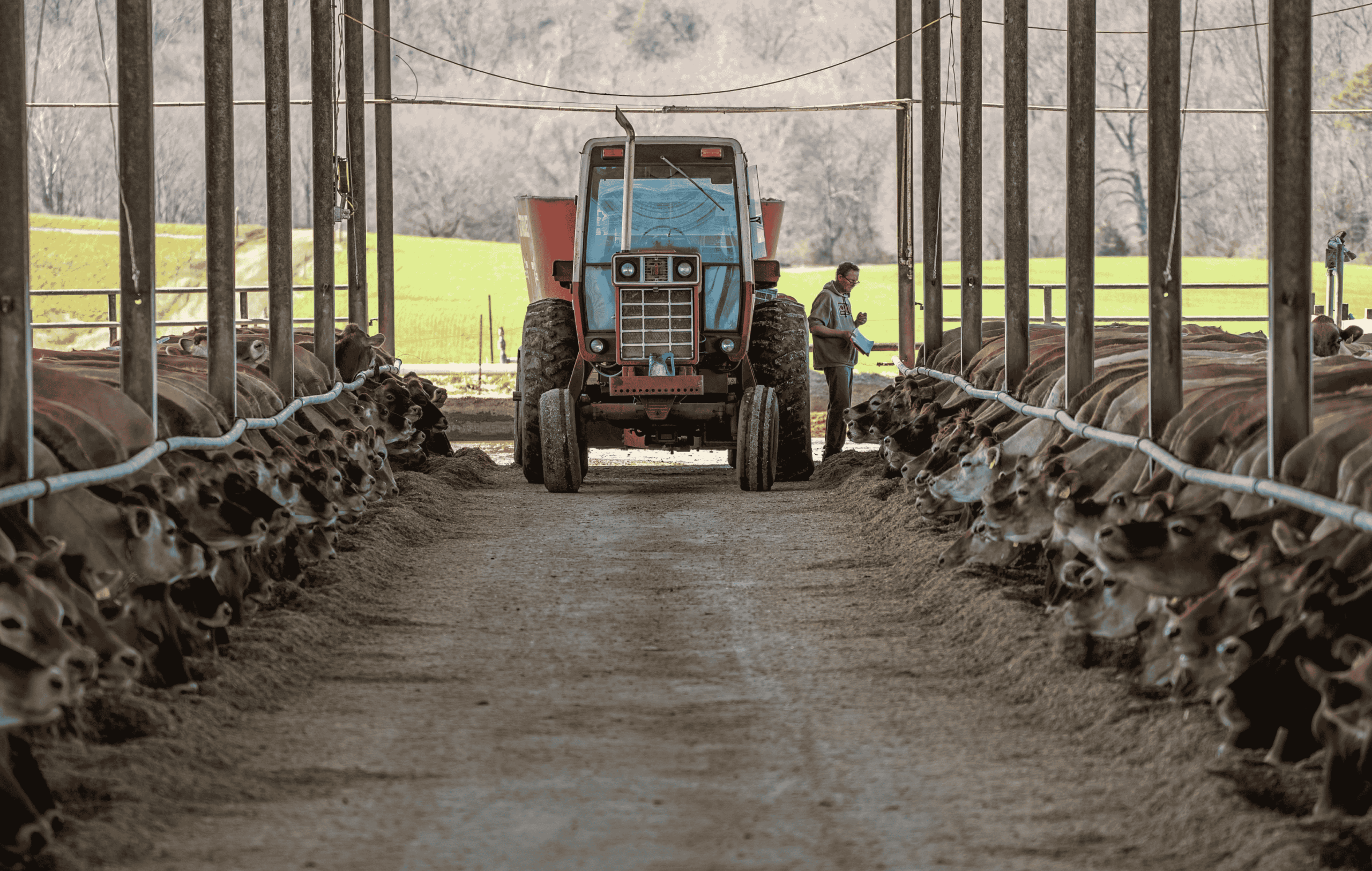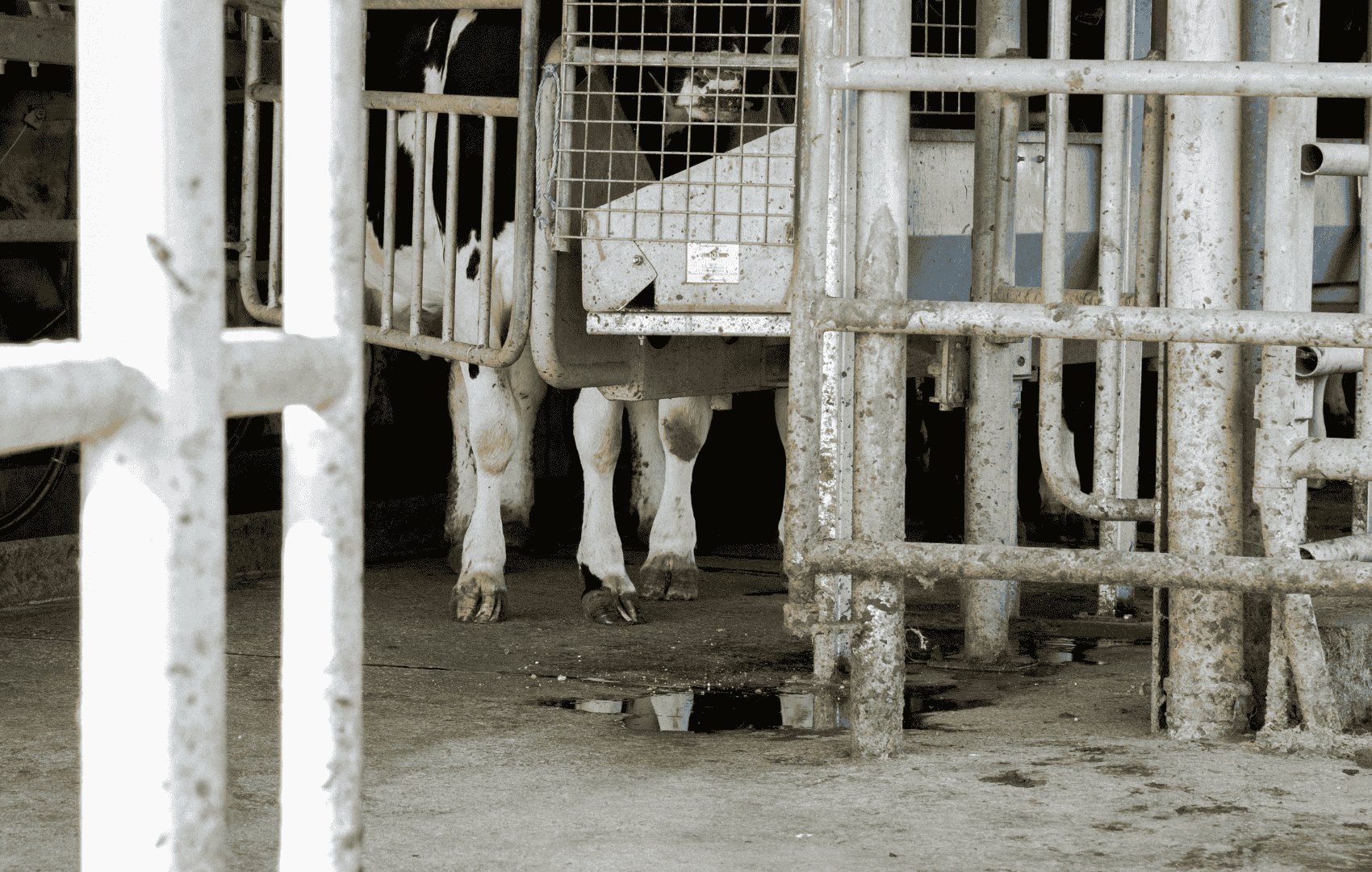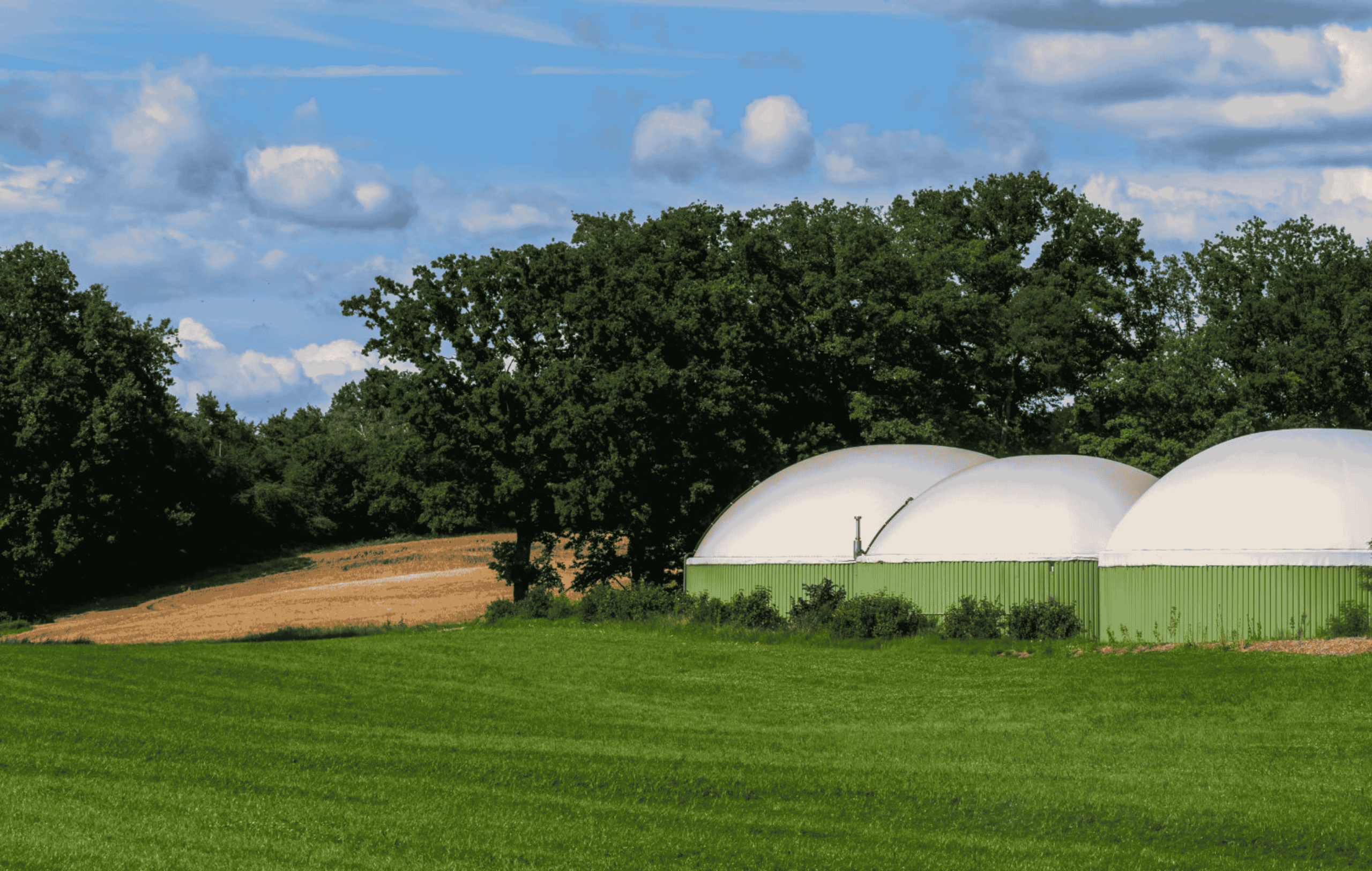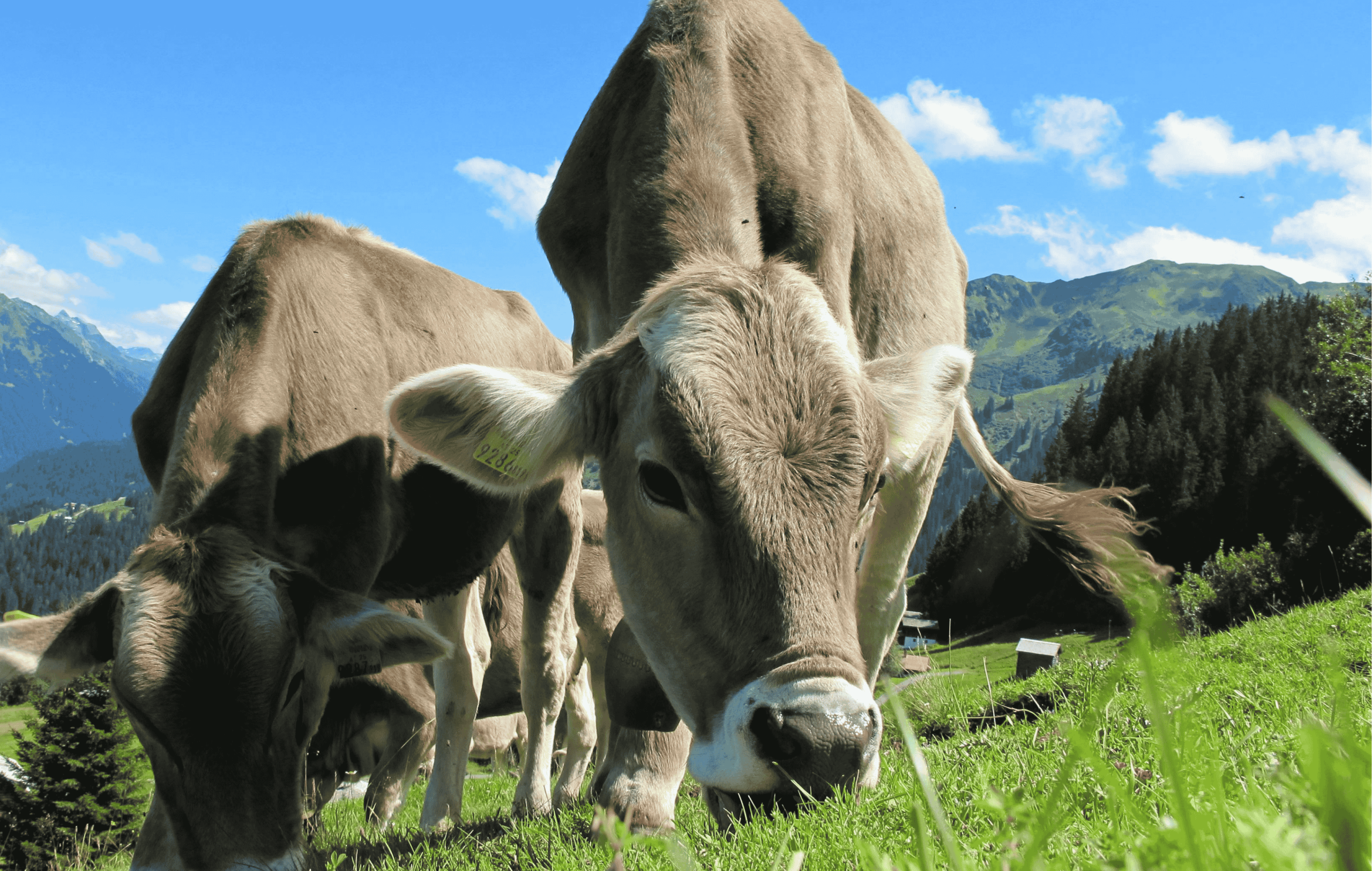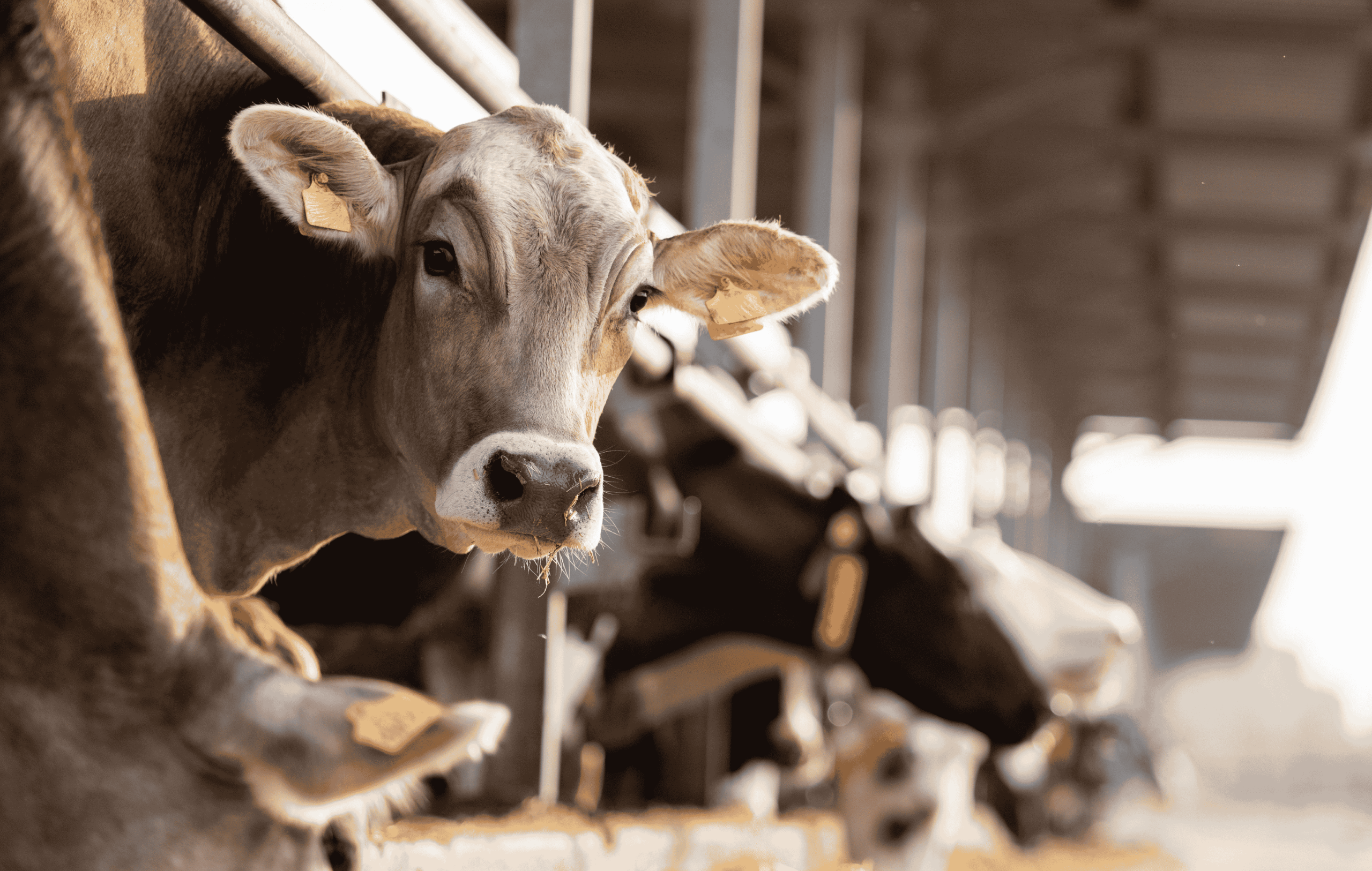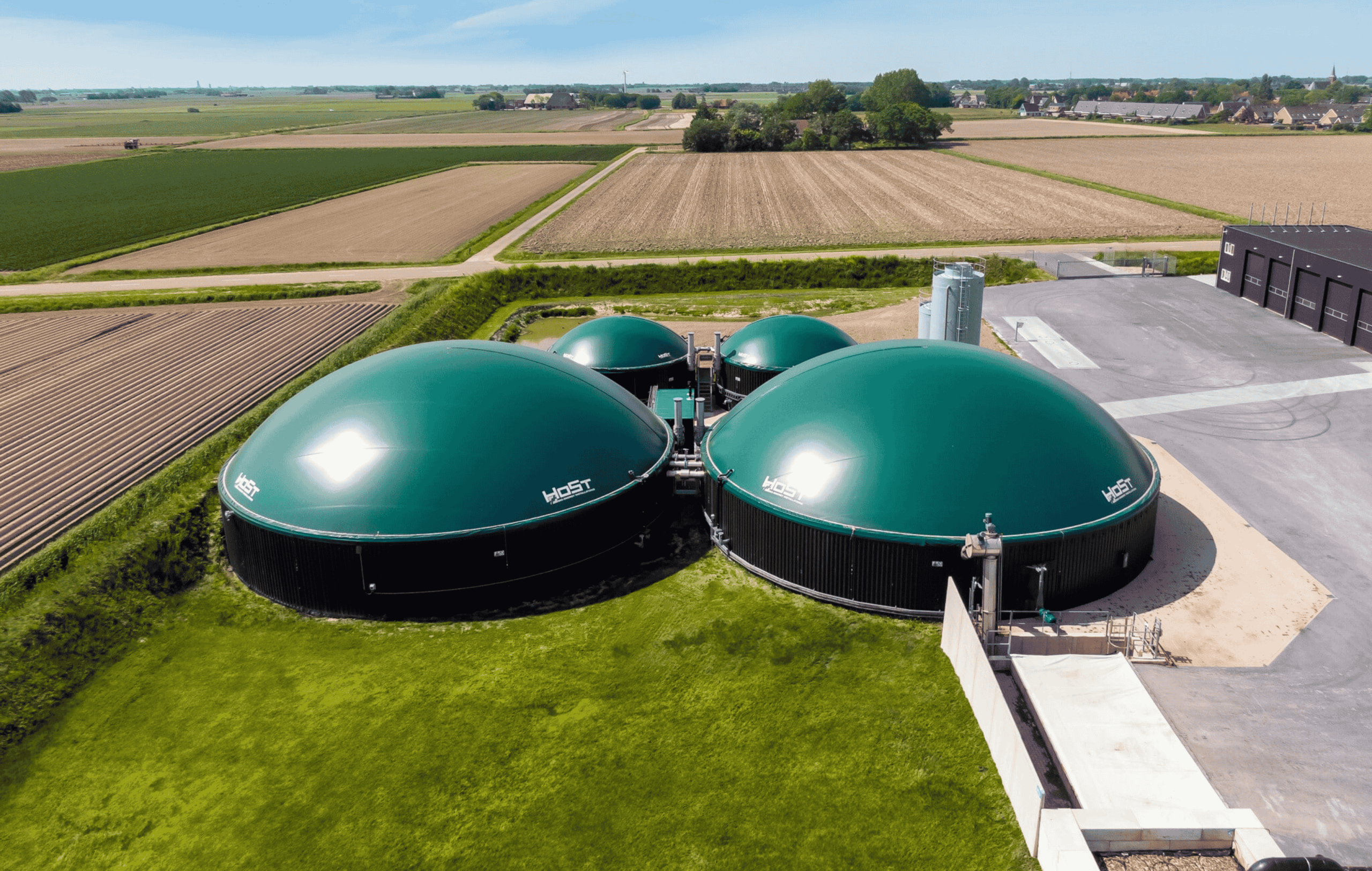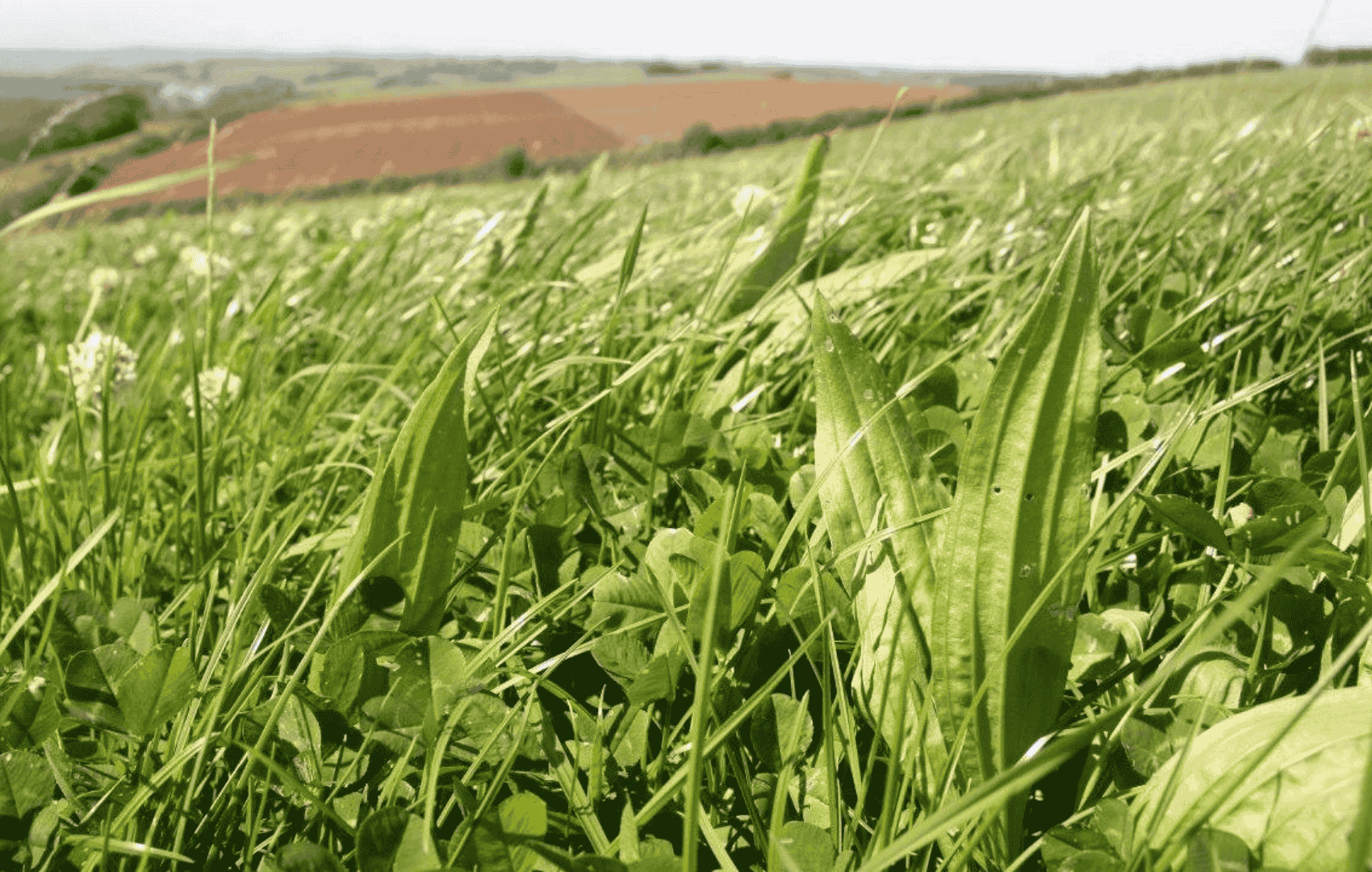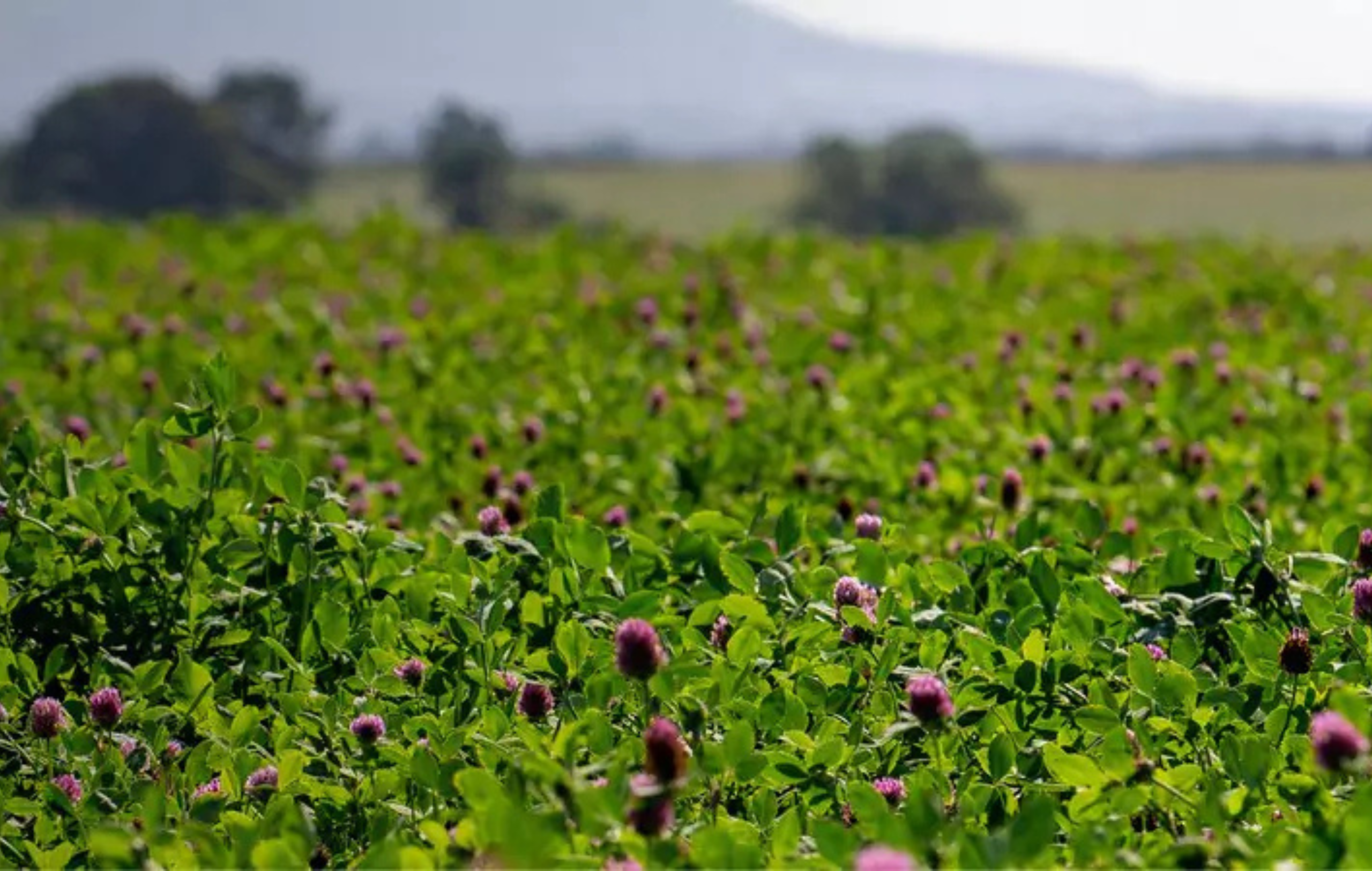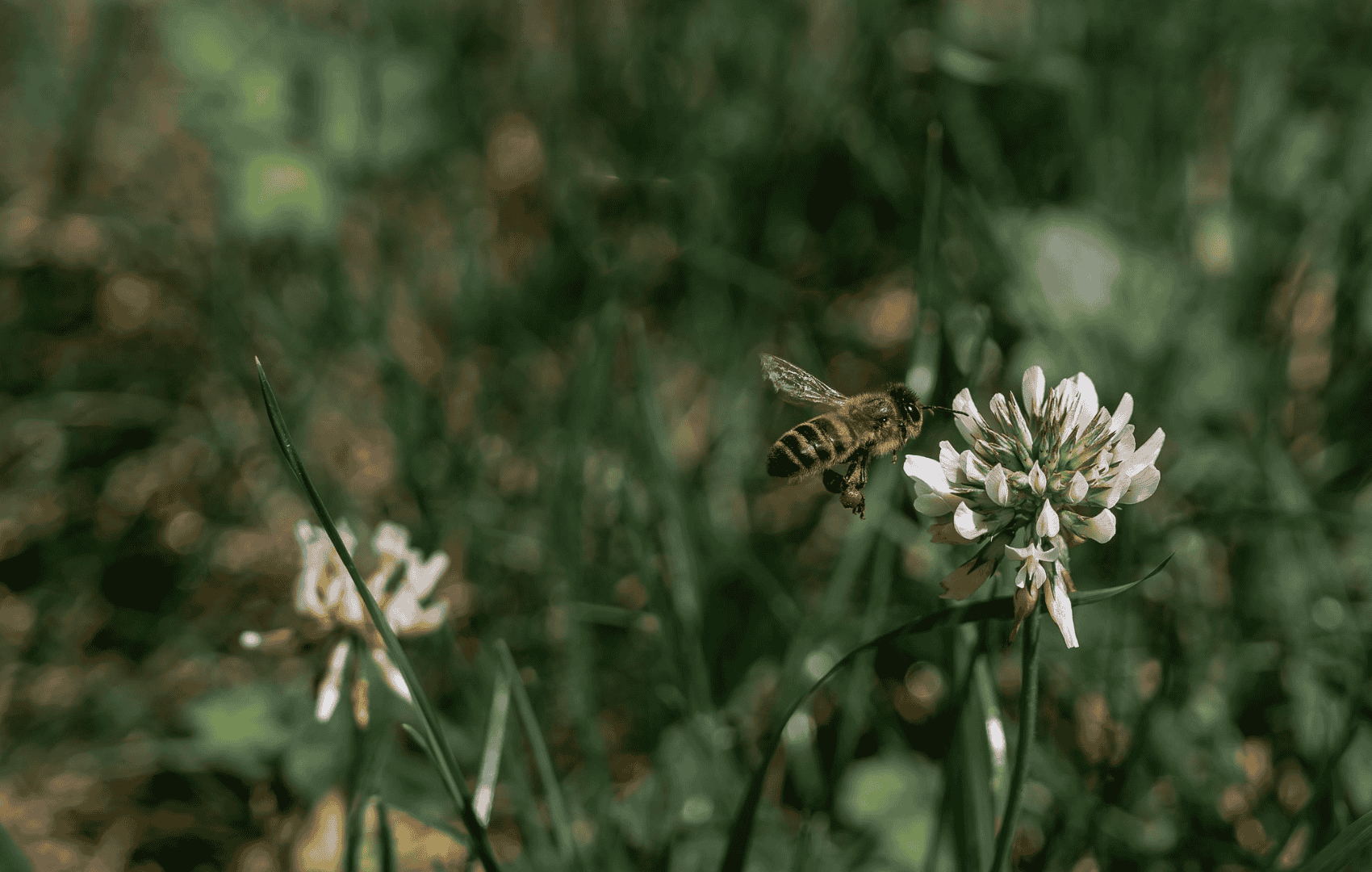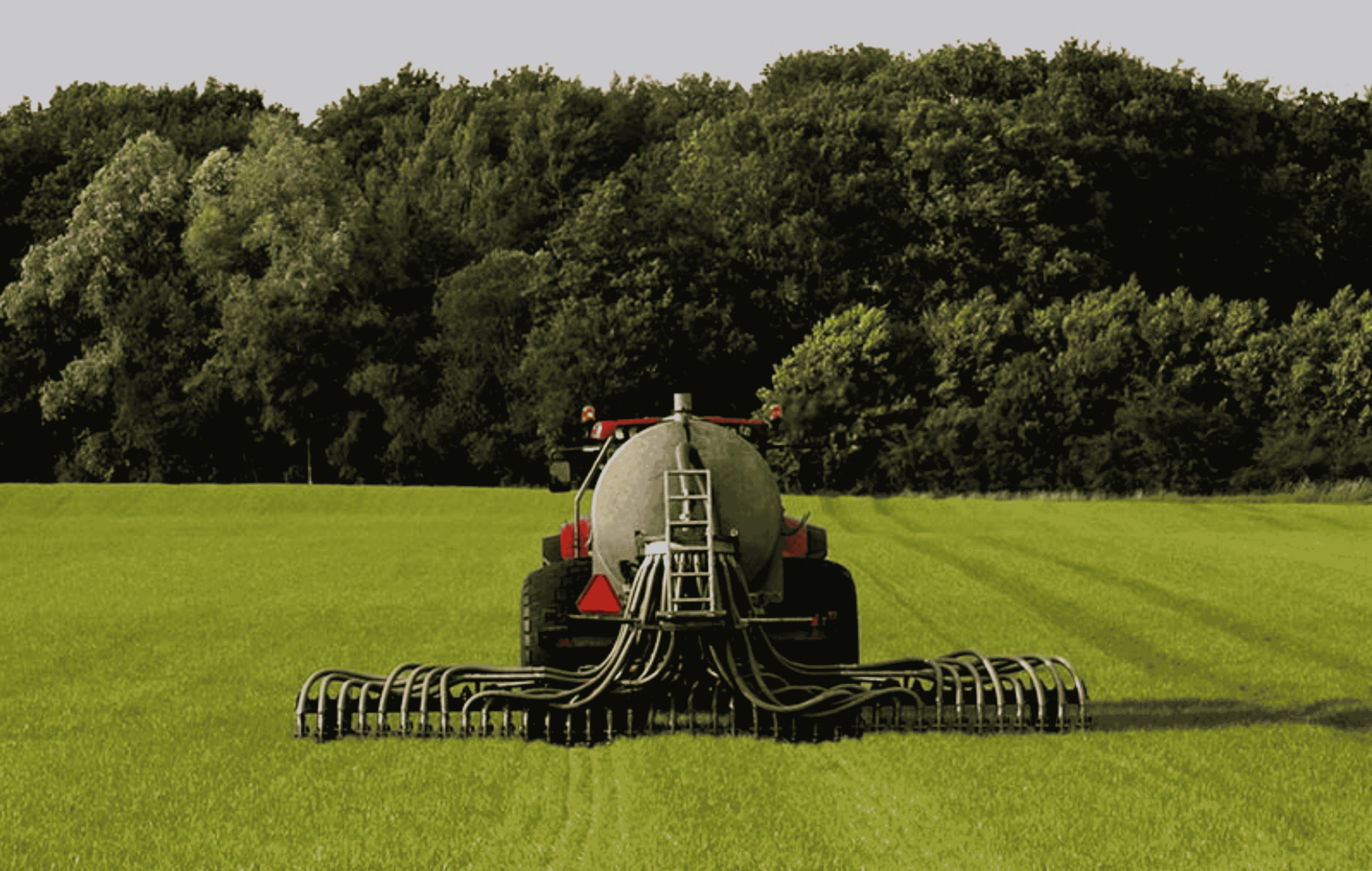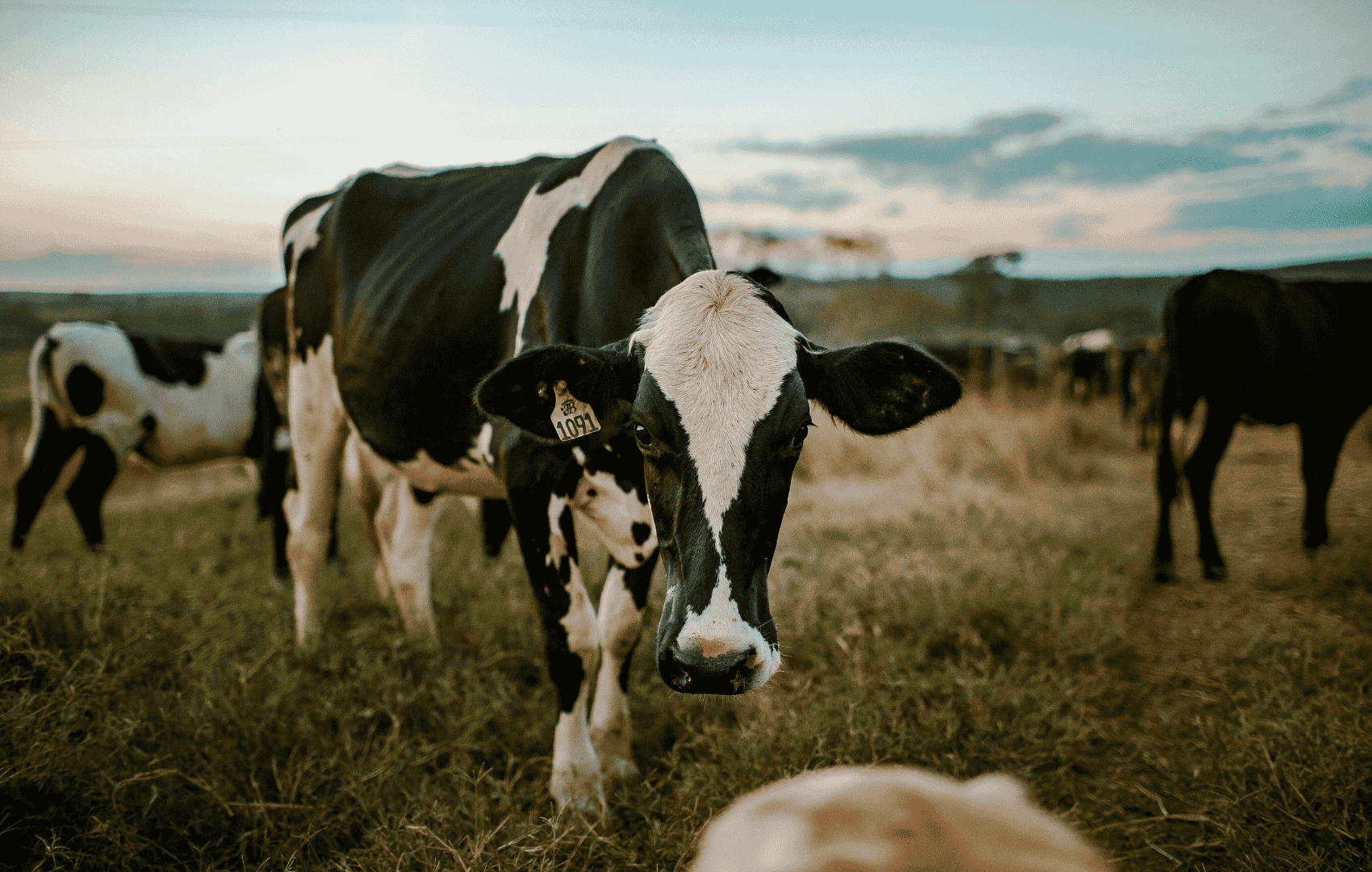Protected Urea
Fertiliser is one of the biggest sources of farm emissions, responsible for up to 10%.
Protected Urea tackles this by cutting nitrogen losses without sacrificing yield.
The Climate Issue
The food system depends on fertiliser. Farmers use it to grow the grass and crops that feed our animals and fuel our diets. One of the most important ingredients in fertiliser is nitrogen, which helps plants grow faster and stronger. Especially in pasture-based systems, where healthy grass means more milk or meat.
But when common nitrogen fertilisers like urea or CAN are applied without any treatment, much of it escapes into the air as ammonia or nitrous oxide (265 times more potent than CO₂). This causes pollution of the atmosphere and wastes resources.
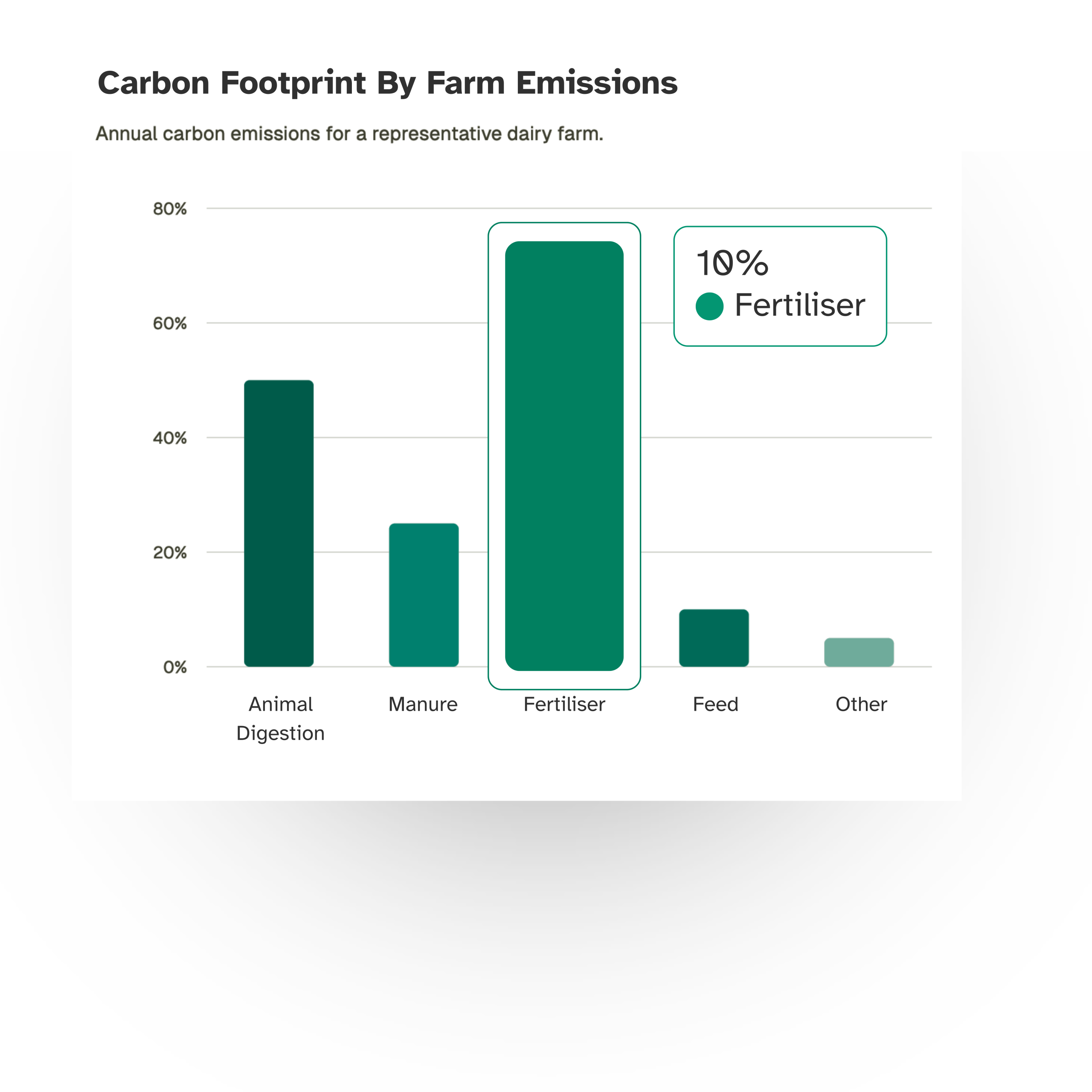
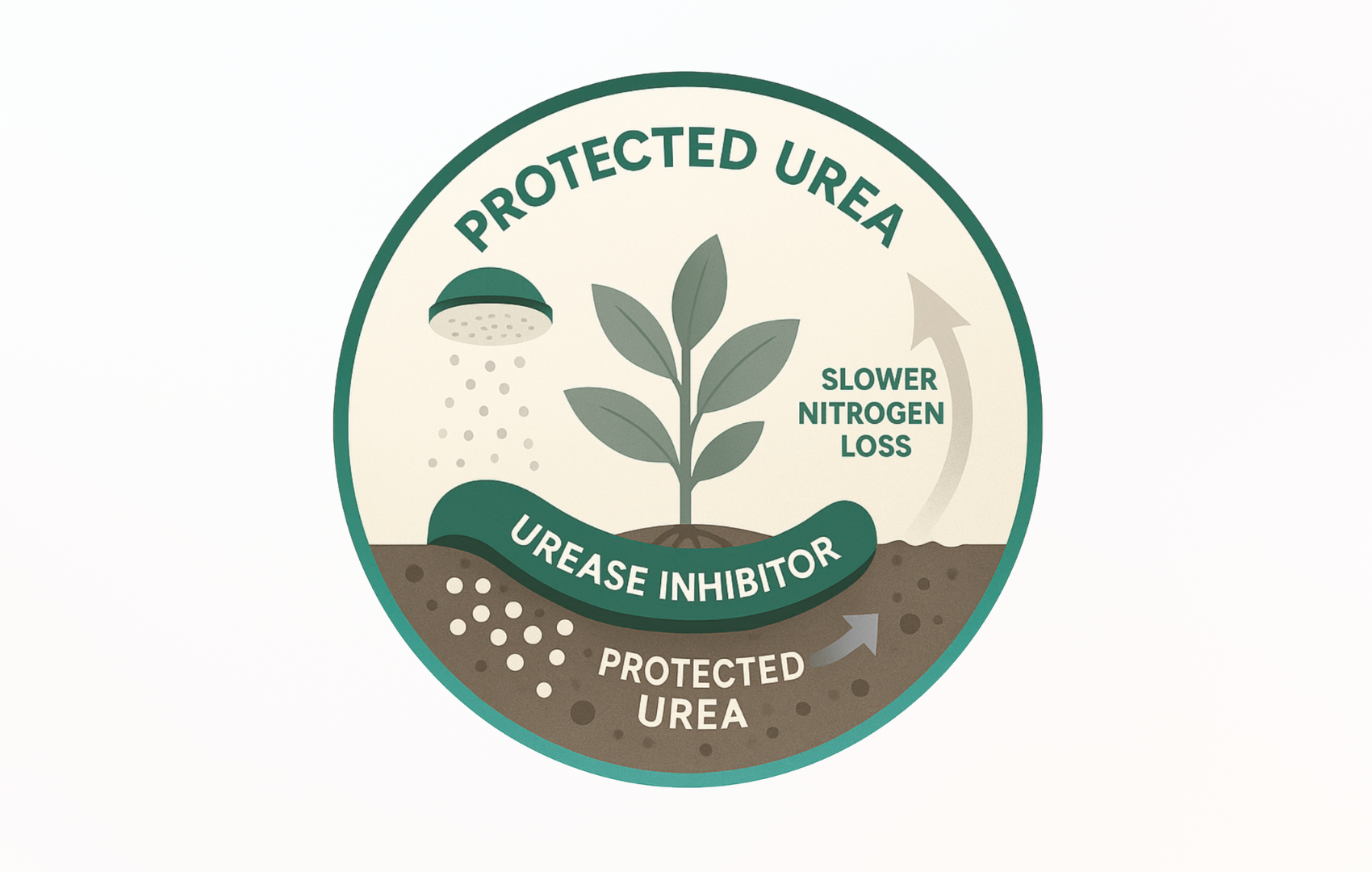
The Solution: Protected Urea
Protected Urea is a smarter kind of nitrogen fertiliser. It’s just like regular urea, but treated with a special ingredient called a urease inhibitor.
This treatment slows down how quickly nitrogen is released into the soil. That means less nitrogen is lost to the air, and more stays where plants can actually use it. Protected Urea cuts nitrogen loss from 50% to just 10%, saving fertiliser and cutting emissions.
Key Benefits when using Protected Urea
Cut Emissions
Protected Urea cuts nitrogen loss by blocking urease enzymes in the soil, preventing ammonia and nitrous oxide emissions right at the source.
Fertiliser Efficiency
Less nitrogen lost means more available for crops. Protected Urea helps you get more from every kilogram applied, improving yields and reducing input needs over time.
Save Costs
Protected Urea costs less per unit of nitrogen than CAN. Combined with reduced losses, this means real savings, while supporting environmental goals.
Impact of Switching to Protected Urea
Switching to protected urea is a strategic step that boosts fertiliser efficiency, lowers emissions, and strengthens farm sustainability. Research shows that, when compared to conventional urea or CAN, switching fully to protected urea can:
- Reduce ammonia emissions by 70–80% (vs conventional urea)
- Lower nitrous oxide emissions by 40–60% (vs CAN)
- Deliver savings up to €46/ha over other nitrogen sources
- Cut the farm’s total GHG footprint by 7–8% at application rates of 200–250 kg N/ha
Below, we break down the impact of protected urea across three adoption scenarios, using field data from Irish dairy systems.
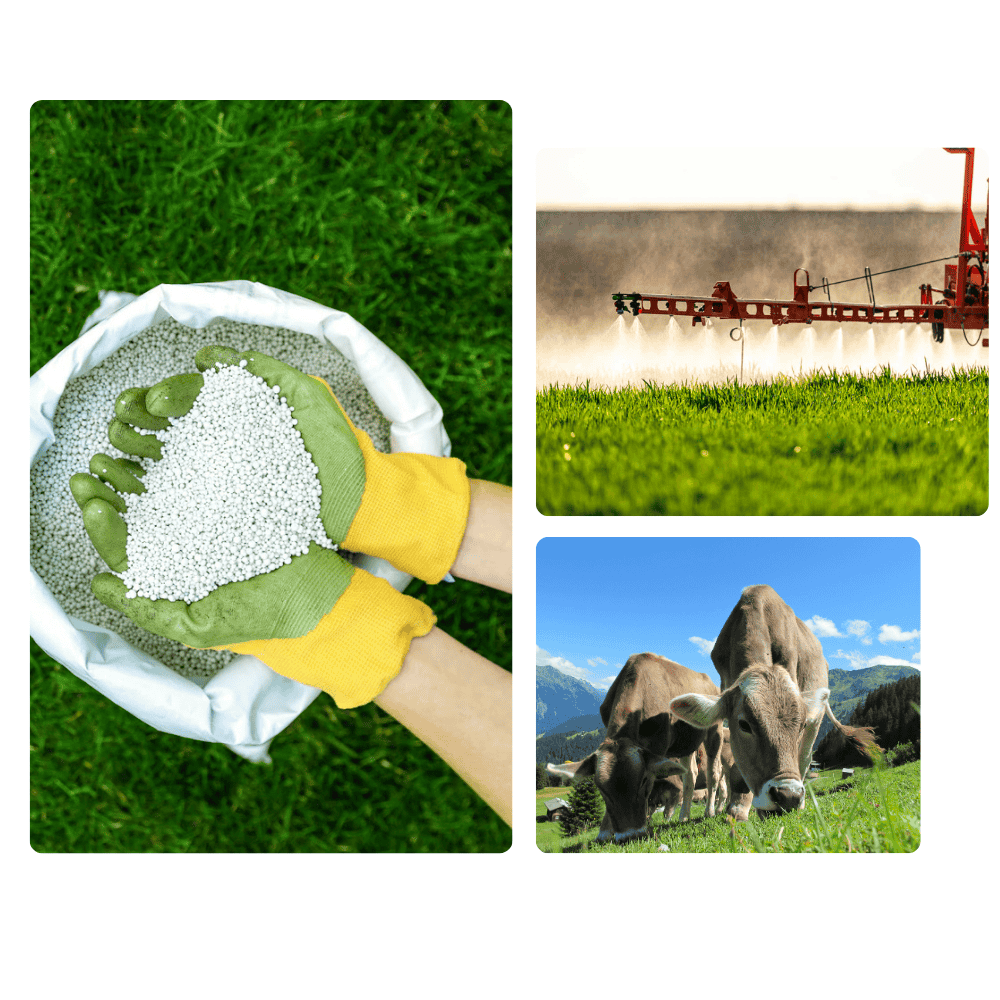
|
Scenario
|
Price/kg Nitrogen
|
Net Savings/Farm
|
GHG Emissions
|
% GHG Reduction
|
|---|---|---|---|---|
|
0% Adoption |
€1.62 |
- |
0.960 kg CO₂-eq/kg milk |
0% kg CO₂-eq/kg milk |
|
50% Adoption
|
€1.52 |
€1,200 |
0.922 kg CO₂-eq/kg milk |
2.8% kg CO₂-eq/kg milk |
|
100% Adoption |
€1.41 |
€2,402 |
0.906 kg CO₂-eq/kg milk |
5.62% kg CO₂-eq/kg milk |
Considerations
Use with Urea only
Protected urea replaces standard urea or CAN, making it suitable only for farms that already use urea-based fertilizers. Phosphorus and potassium may need to be applied separately to maintain nutrient balance across crop rotations.
Consistent supply
Protected urea use is growing, now accounting for 25% of fertiliser applications across the EU. Adoption is backed by CAP support and policy incentives, but timely supply from distributors remains essential for farm planning.
Minor trade-offs
Protected urea lowers ammonia emissions but can increase nitrate leaching if nitrogen isn’t used quickly. This is managed by applying during active crop uptake, avoiding heavy rain, and maintaining healthy, well-structured soils.

Implementation
Switching to protected urea is simple, but success depends on good planning and execution. Below are practical tips to help you apply it effectively on farm. These will support both environmental goals and day-to-day operations.
1. Secure timely supply. Coordinate closely with your fertiliser supplier to ensure protected urea is available in sufficient quantity during key-spreading windows for your specific crop cycle.
2. Train your team. Ensure all field staff are properly trained in handling and application timing. Apply during peak nitrogen demand, and always avoid wet or waterlogged conditions.
3. Check nutrient balance. Review your complete nutrient plan to ensure phosphorus and potassium needs are fully met, especially when switching from blended fertiliser products.
Behind the Research
ODOS Tech was founded by Cian White and Alejandro Vergara, two sustainability specialists with deep expertise in agricultural climate action.
Alejandro (left), a PhD in environmental engineering from University College Dublin, helps farmers measure their carbon footprint and implement mitigation strategies to reduce their impact. Cian (right), a researcher at Trinity College Dublin with a PhD in ecology, works on restoring nature to increase biodiversity on farms using satellite imagery to monitor habitats.
Together, they helped lead the carbon and nature-based work for the Farm Zero C project at Shinagh Farm, one of Europe’s first net-zero dairy pilots. At ODOS, they build smart, science-based tools to help agri-food businesses protect the environment and restore nature.

Research
Teagasc Farm Advisory & Trials
Protected urea is recommended by Teagasc after years of on-farm research showing it delivers equal or better yields than CAN, while reducing nitrogen losses and GHG emissions across pasture and silage.
DAFM Nitrogen Use Strategy
Ireland’s nitrogen strategy promotes protected urea as a key climate-smart fertiliser, helping farms lower ammonia and nitrous oxide emissions in line with EU climate targets and national air quality rules.
IPCC (2019) Fertiliser Guidance
The IPCC recognises protected urea as a proven method for cutting emissions from synthetic fertilisers, highlighting it as a practical, scalable solution to reduce climate impact in livestock-based food systems.
Discover other Strategies
Slurry Acidification
Slurry acidification reduces fertiliser demand and cuts emissions by up to 5% during storage and spreading.
Slurry Treatment
Treating slurry with hydrogen peroxide cuts emissions by up to 4% and reduce methane by up to 80% during storage.
Slurry Cover
Covering slurry stores cuts emissions by up to 5% and saves €3,600 over 50 hectares per year by reducing synthetic fertiliser use.
Extending Grazing Season
Extending the grazing season cuts emissions by up to 2.7% and boosts milk revenue by nearly €3,000 per farm.
Antimethanogenic Feed Additives
Antimethanogenic feed additives cut methane emissions by up to 28% and cost €6975 per 93 cows annually.
Grass Biorefinery
Grass biorefineries replace soy protein, save €3,000 in feed costs, and cut emissions by 8.9%.
Anaerobic Digestion
Sending slurry to anaerobic digestion can cut emissions by up to 9.4% and generate up to 400 MWh of energy per year.
Multispecies Swards
Switching to multispecies swards cuts emissions by up to 8.8% and saves €4,400 in fertiliser across 50 hectares.
Red Clover Silage
Using red clover silage cuts emissions by up to 8.2% and saves €2,000 in fertiliser across 20 hectares.
White Clover Silage
Incorporating white clover silage cuts emissions by up to 7.8% and saves €4,500 in fertiliser costs over 50 hectares.
Low Emission Slurry Spreading
Low-emission slurry spreading cuts ammonia by 60% and saves €45/h in fertiliser costs.
Genetic Selection
Genetic selection for high-EBI cows cuts emissions by up to 6.3% and boosts gains by €7,800 per 100 cows.
Protected Urea
Switching to protected urea cuts fertiliser costs and lowers emissions by up to 5.6% per kg of milk.
Ready to reduce emissions through Protected Urea?
Talk to our Carbon Footprint & Biodiversity experts on how we can help.

